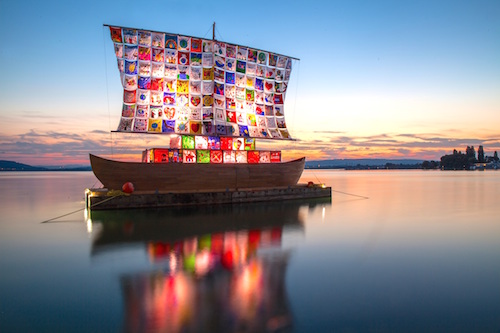
What does tolerance mean? Is it necessary? What are the advantages of a tolerant society? How do we distinguish between what should and should not be tolerated? Should children be taught about tolerance at school?
Ruth Copland features her on-the-street interviews on the topic ‘What does tolerance look like?’ She also speaks about Ilya and Emilia Kabakov’s remarkable art installation project with children around the world, The Ship of Tolerance (www.shipoftolerance.com)
To listen click here What Does Tolerance Look Like? | It’s A Question of Balance (broadcast May 12).
The Museum Of Tolerance defines tolerance as:
1) A fair and objective attitude toward those whose opinions and practices differ from one’s own. 2) The commitment to respect human dignity.
Every person is both a purveyor and beneficiary of tolerance.
Depending on the day and one’s perspective, it can feel like our society is becoming more inclusive, caring and understanding, or that it is still mired in prejudice, cruelty and intolerance. What does tolerance mean to you? Have you examples of being tolerant towards others, or others treating you with respect? Is it a case of the Golden Rule, treat others as you would wish to be treated yourself? Or is it more complex than that? Should we be expected to tolerate all ways of being in the world? If not, how and where do we draw the line? What do you think?
For more info on the show and to hear past shows visit www.itsaquestionofbalance.com
Photo: Ilya and Emilia’s Ship of Tolerance photo by Daniel Hegglin

